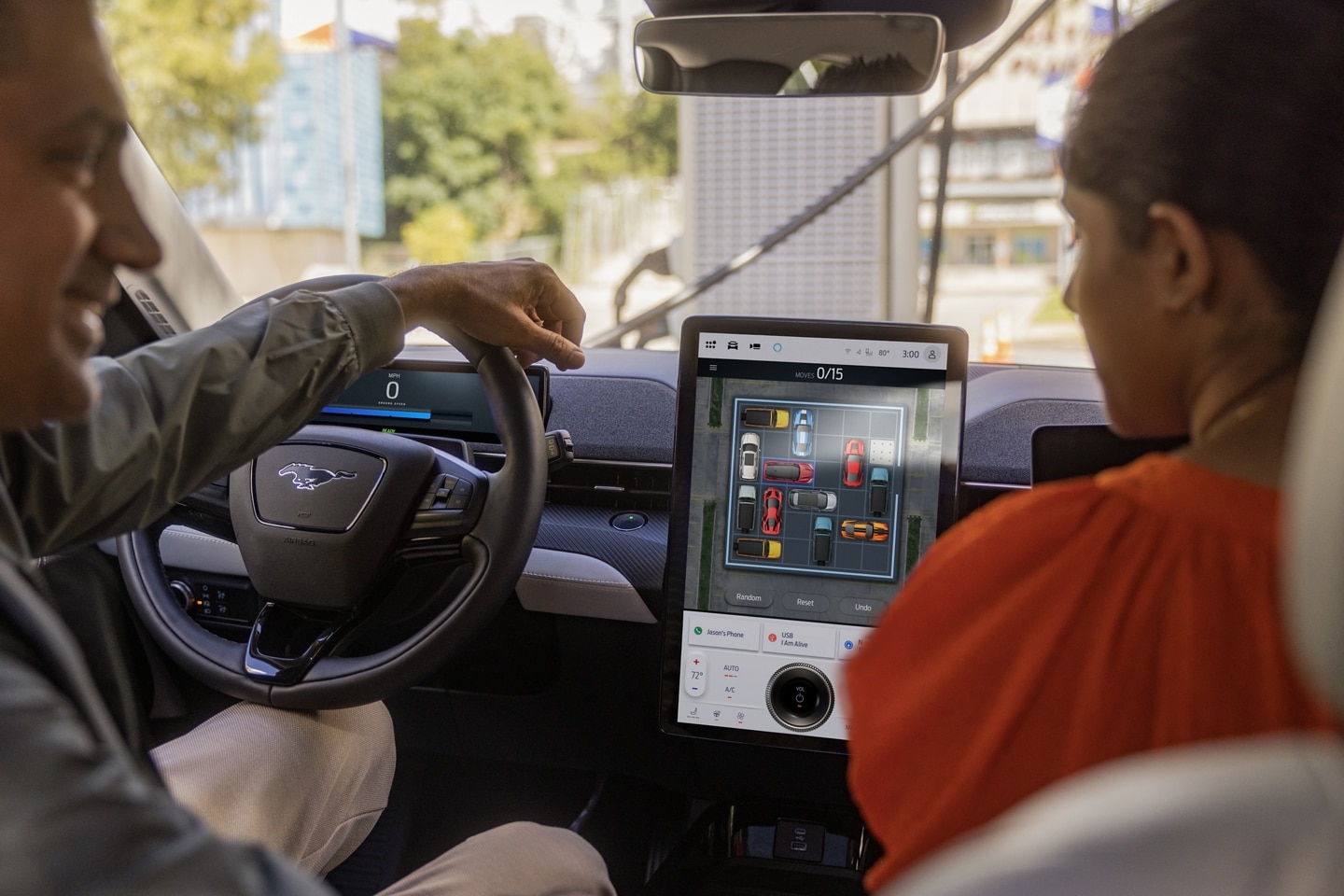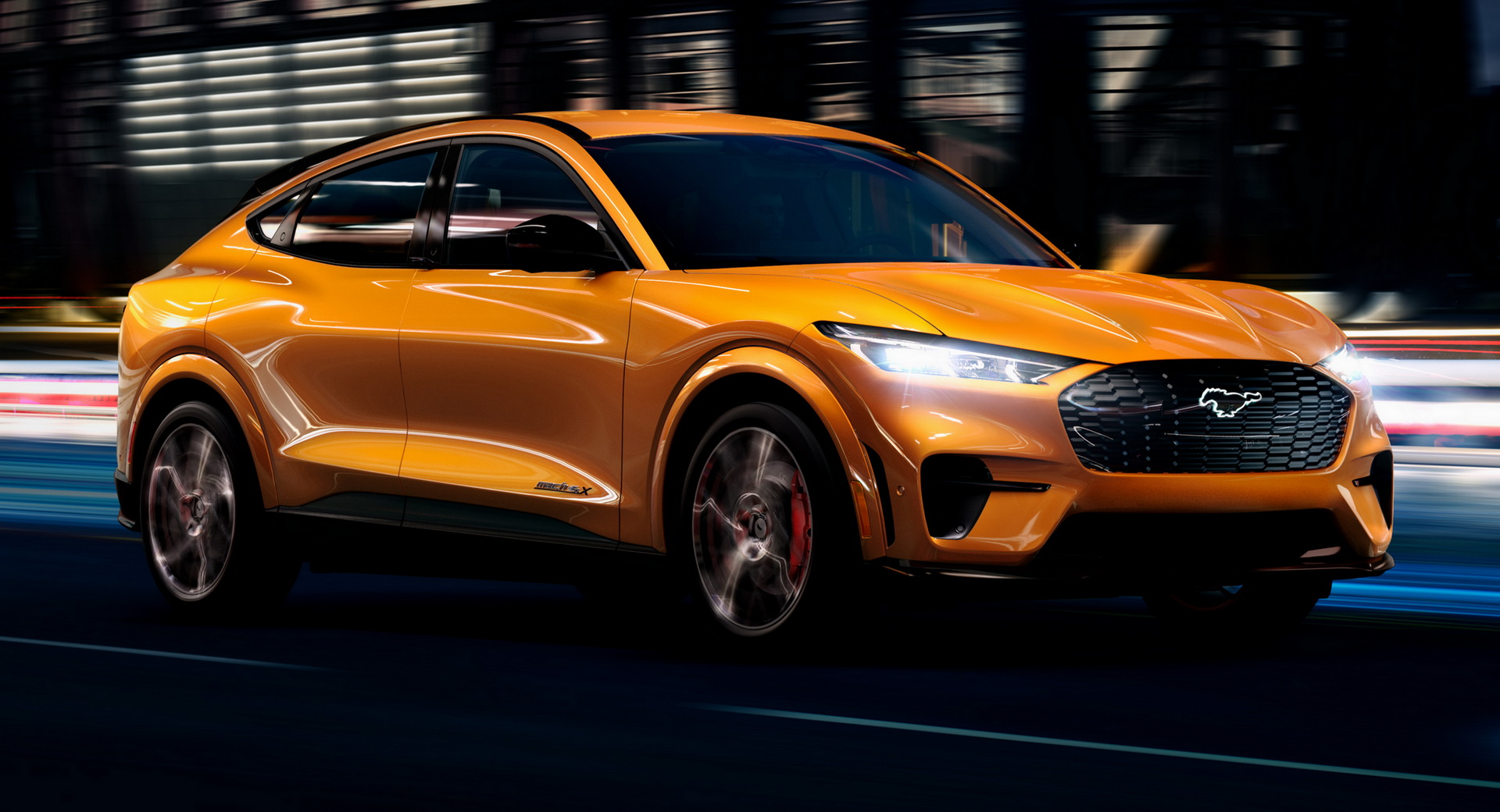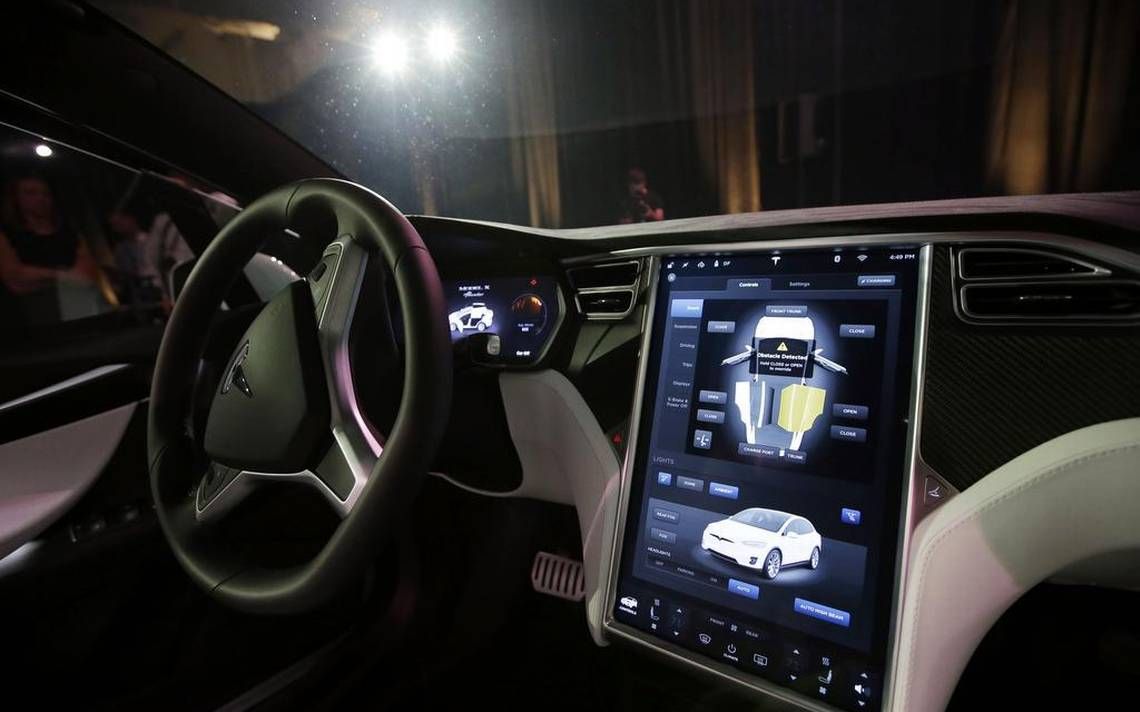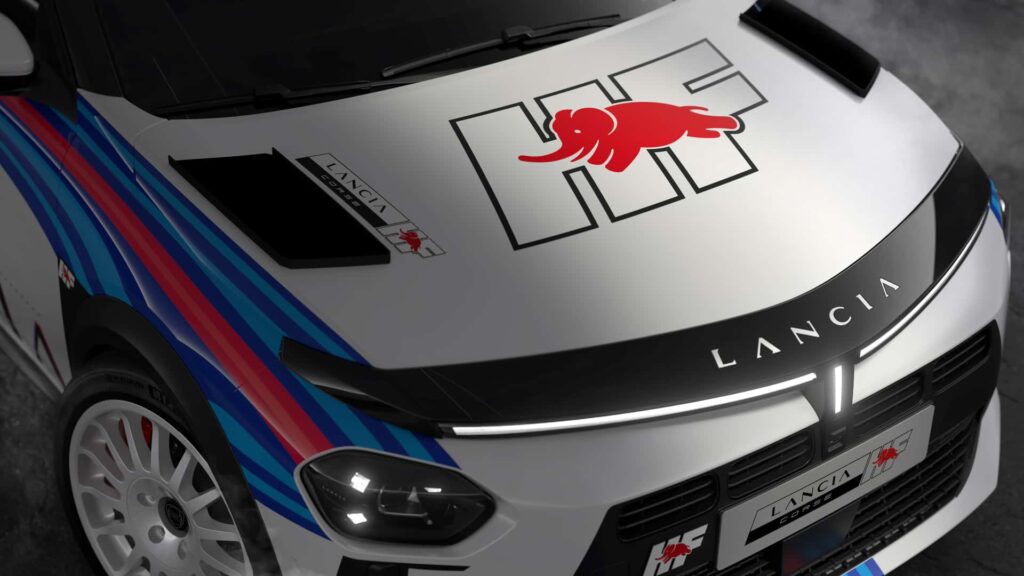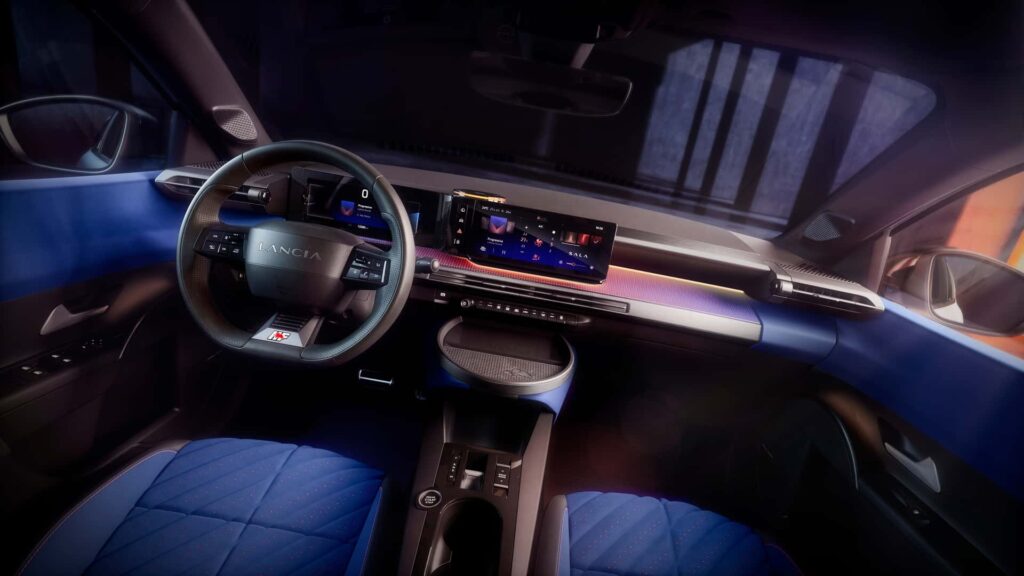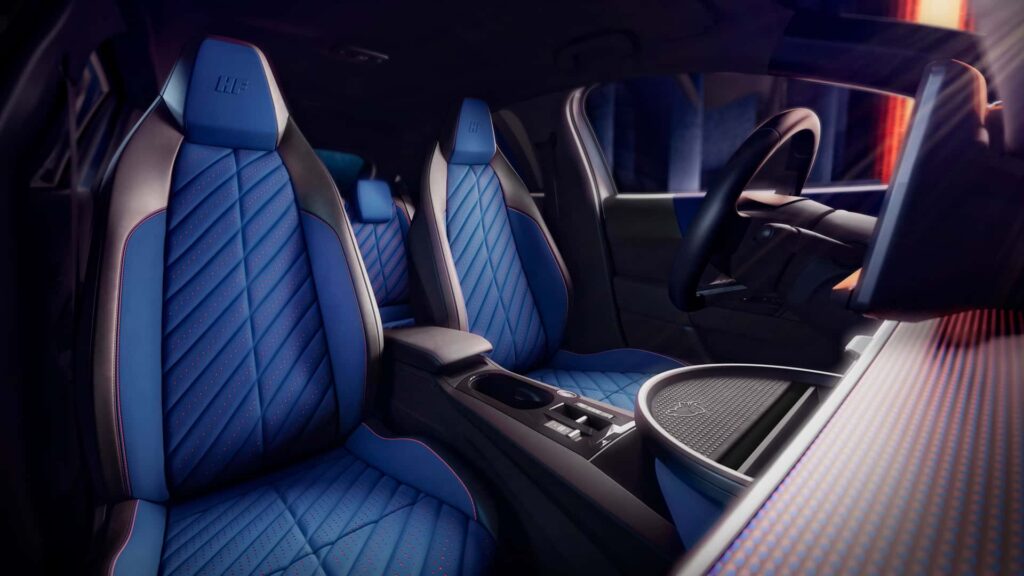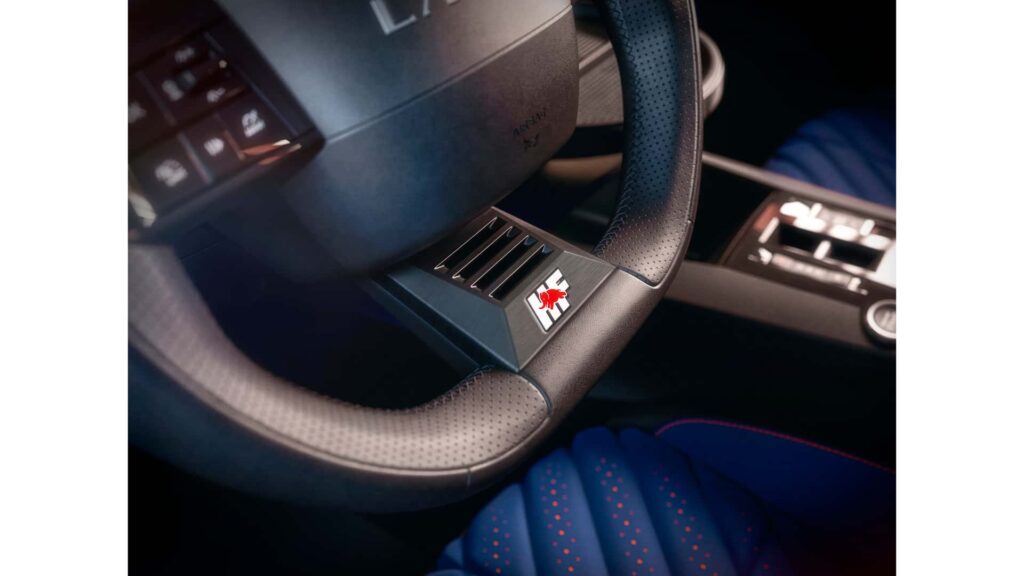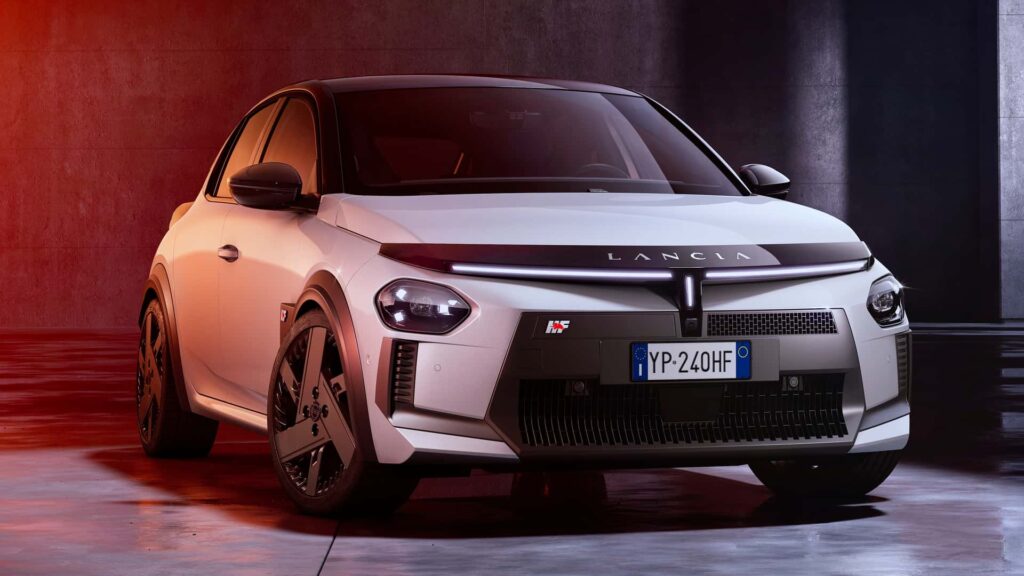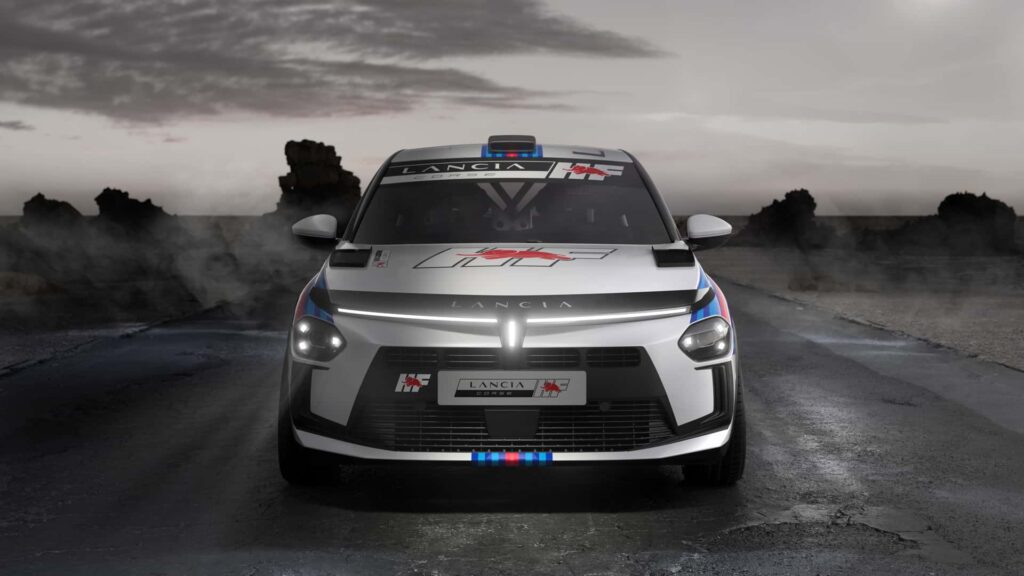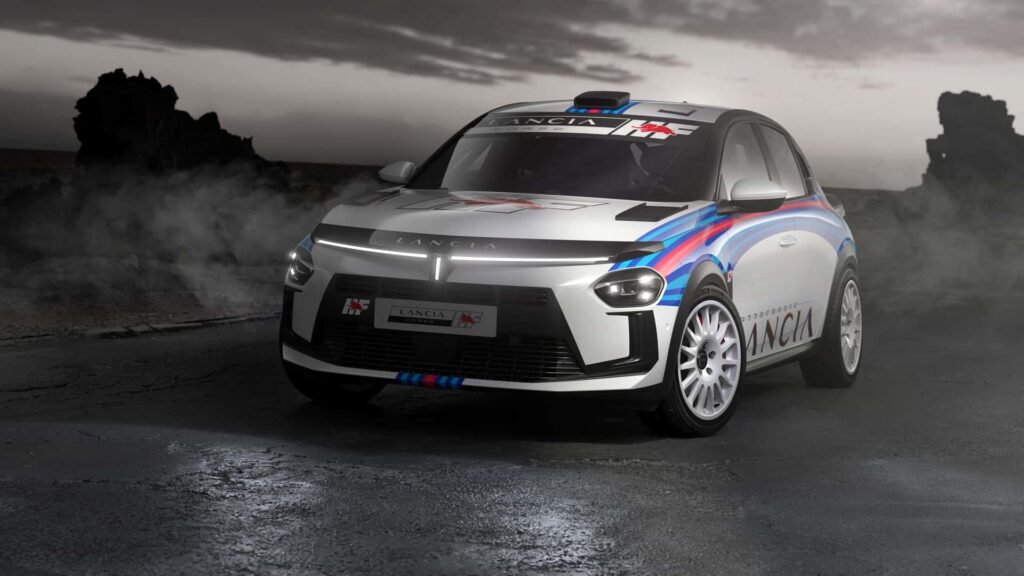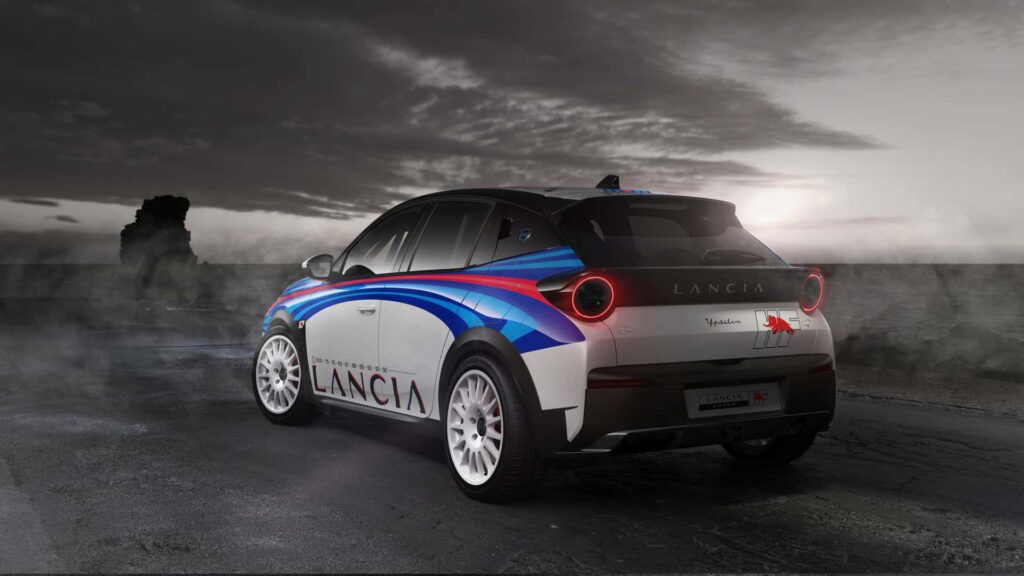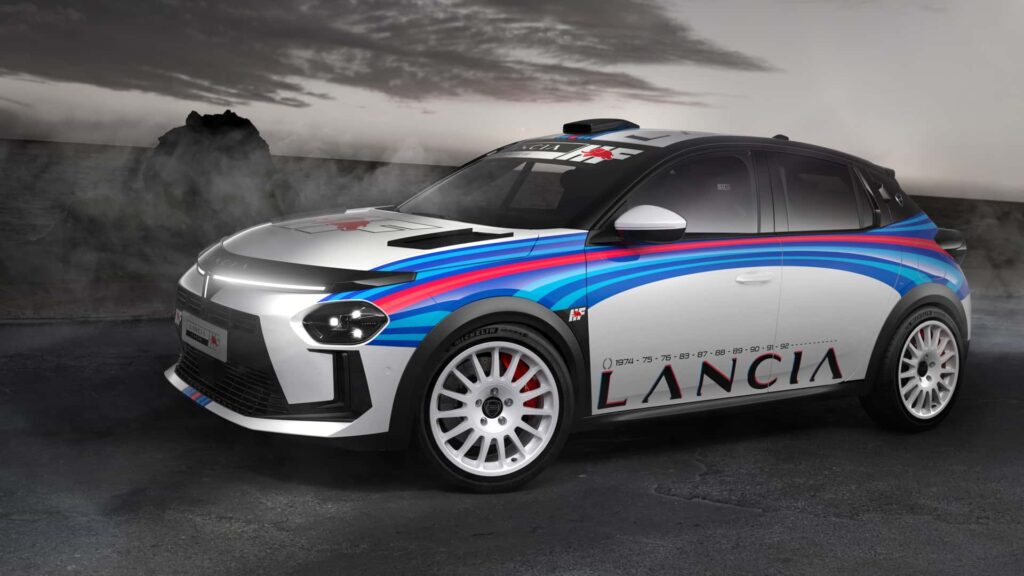In today’s dynamic automotive market, savvy car shoppers know that a used vehicle can offer incredible value. Bypassing the steepest depreciation hit while still getting a reliable and feature-packed ride is a win-win. But with so many options, how do you choose wisely? That’s where trusted, independent testing comes in, and Consumer Reports (CR) has just released its latest list of top-tier used car recommendations.
For those navigating the pre-owned landscape, CR’s insights are invaluable. Their rigorous testing, extensive reliability surveys from actual owners, and safety assessments provide a comprehensive look at which models stand the test of time. This isn’t just about saving money upfront; it’s about investing in a vehicle that’s less likely to cause headaches and costly repairs down the road.
What Makes a “Best” Used Car According to Consumer Reports?
Consumer Reports doesn’t just pick cars out of a hat. Their selections are based on a robust set of criteria:
- Proven Reliability: Based on their Annual Auto Surveys, CR identifies models that have consistently shown above-average reliability across multiple model years.
- Owner Satisfaction: They factor in how happy current owners are with their vehicles.
- Road-Test Performance: Each car undergoes CR’s comprehensive battery of road tests when new, evaluating everything from acceleration and braking to comfort and handling.
- Safety Features: Availability of key safety features, including electronic stability control (ESC) and good crash-test ratings, are crucial.
Highlights from Consumer Reports’ Top Used Car Picks for 2024
While the full list from Consumer Reports features ten distinct vehicles across various categories, here are some standouts that illustrate the quality and diversity of their recommendations:
Used Car Top Picks: Under $10,000
Mazda 6
Generation 2014-2021

2016 Mazda 6
The final generation for the Mazda6 was defined by a smooth four-cylinder powertrain, excellent fuel economy at 32 mpg overall in our tests, and an agile chassis. The well-finished cabin has supportive seats, although the rear seats are relatively tight for this class. Later models are fitted with an infotainment system that uses a console-mounted knob; learning the system takes practice. The cabin was known for being louder than competitors, especially on the highway, until a mild freshening in 2016 brought improvements. The Mazda 6 underwent a major refresh with the 2018 model, enhancing ride comfort and further benefiting noise isolation. Among the optional active safety features are forward collision warning, automatic emergency braking, blind spot monitoring, and rear cross traffic alert.
Used Car Under $15,000
Toyota Corolla
Generation 2014-2019
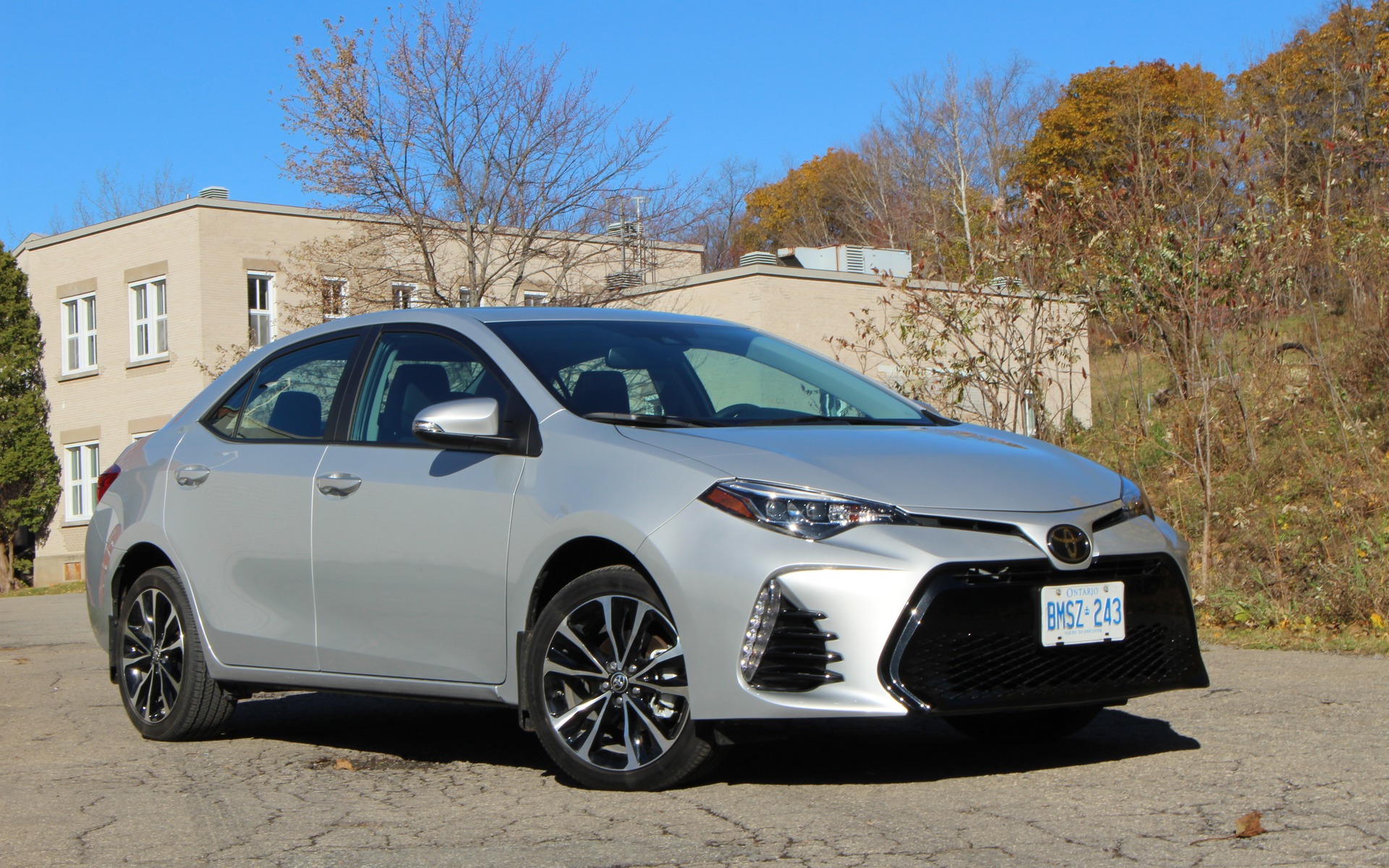
2019 Toyota Corolla
Redesigned for 2014, the Corolla grew in size, making it a smart, cost-effective alternative to pricier, midsized sedans. It’s the rare compact car with an adult-sized back seat. Passengers will also appreciate that it’s one of the best-riding cars in its class. Power is adequate from the 1.8-liter four-cylinder engine and continuously variable transmission. The powertrain drones when pushed on the highway, but it’s unobtrusive around town and returns a good 32 mpg overall fuel economy in our tests. With sportier suspension tuning, the SE and XSE versions are a bit more engaging to drive, with limited compromise to ride comfort. The controls are simple, and there’s a touchscreen infotainment system with Bluetooth connectivity. Automatic climate control comes standard on LE and above trims, an unusual convenience in this class. For 2017 Toyota made the TSS-P safety system—including forward collision warning, automatic braking with pedestrian detection, and lane departure warning with lane keeping assist—standard across the Corolla line. The standard LED headlights are unusual for the class and offer excellent performance at night. As a used car, the strong reliability track record and practical virtues make the Corolla a smart choice. If you want even greater efficiency, see the Camry Hybrid below.
SUV Under $15,000
Mazda CX-5
Generation 2017-2025
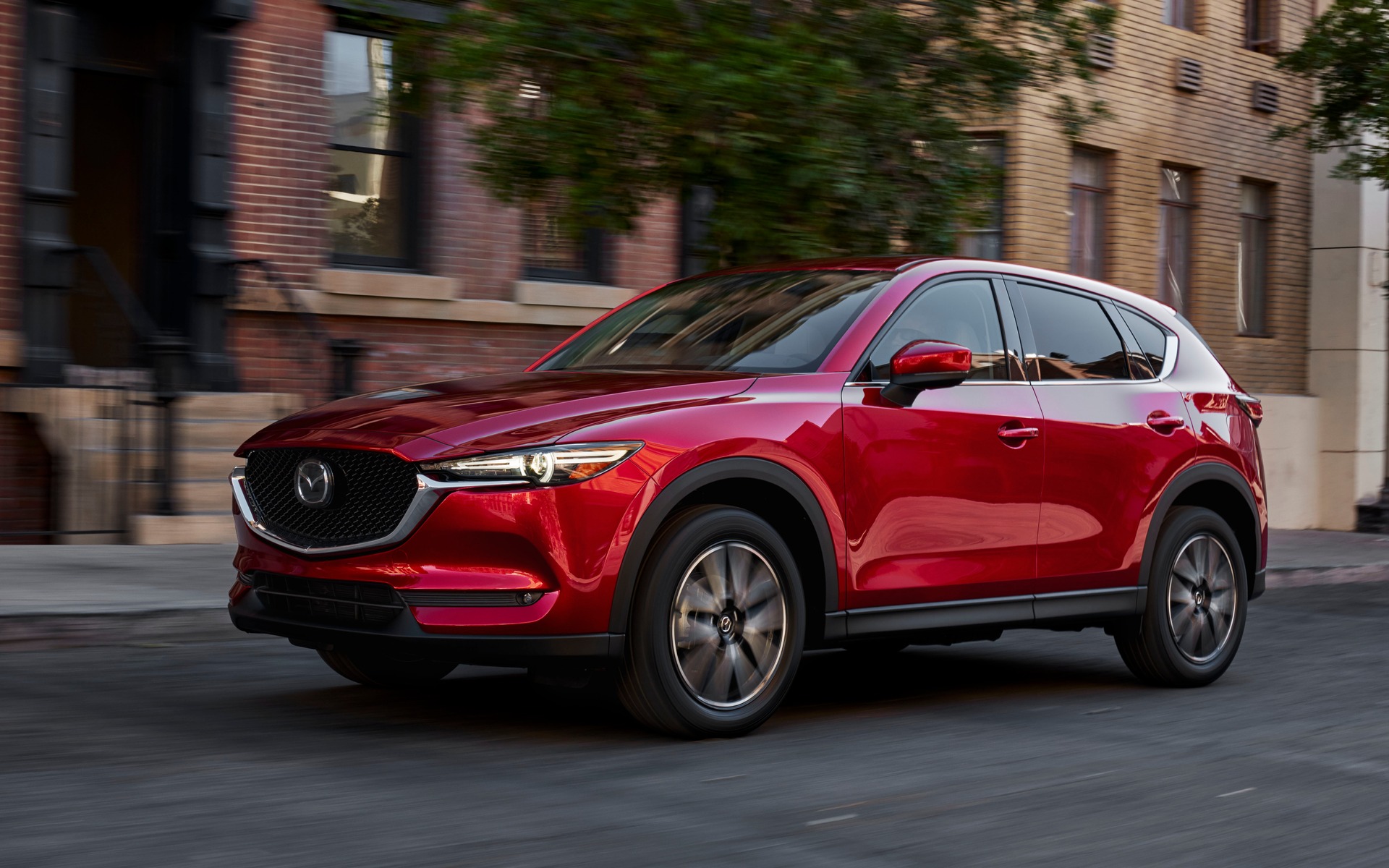
2018 Mazda CX-5
Although the styling resembles the previous generation, the redesigned 2017 Mazda CX-5 brought substantial changes. The economical 2.5-liter four-cylinder engine and spry, nimble handling carried forward, while the ride was made more supple and cabin noise was reduced. The interior is versatile and very nicely trimmed, especially in Touring and Grand Touring trims. Low-speed automatic emergency braking is standard. From 2018 on, blind spot warning and rear cross traffic warning became standard on all trims. Learning how to operate the infotainment system with its console-located knob takes some time. Upscale options, including driver seat memory and a head-up display, are optional.
Updates for 2019 included a new top-shelf Signature model, which adds special leather trim, and a 227-hp turbocharged four-cylinder engine. The turbo engine is also standard on the Grand Touring Reserve. Adaptive cruise control and auto emergency braking with pedestrian detection were standard for 2020. Updates for 2021 included a new infotainment system, but it still required users to adjust audio and infotainment features using steering wheel controls or the rotary controller and buttons mounted between the front seats. 2022 and newer CX-5s came standard with all-wheel drive.
Hybrid Under $20,000
Toyota Camry Hybrid
Generation 2018-2024

2019 Toyota Camry Hybrid
This generation moved to a new platform, introducing a lower, sleeker Camry fitted with familiar 2.5-liter four-cylinder and 3.5-liter V6 engines. But the real treat is the four-cylinder hybrid with a continuously variable transmission. In a Camry LE, this powertrain, with its lithium-ion battery, returned an impressive 52 mpg overall in our tests, giving the sedan a 610-mile range. This is phenomenal efficiency for a traditional car rather than a mission-focused model like a Prius. Other hybrid trims use different battery technology. We haven’t tested them, but Environmental Protection Agency numbers showed less fuel economy from the SE and XLE. The Camry has a pleasant ride and feels spry, with limited body roll. But it’s low, making access a bit more challenging than with some peer vehicles. Standard safety equipment includes forward collision warning, automatic braking with pedestrian detection, lane departure warning with lane keeping assistance, and adaptive cruise control. Blind spot warning and rear cross traffic warning are available on certain versions. Apple CarPlay was added to the infotainment system for 2019.
Read Also: 2024 Toyota Camry Review
Small SUV Under $20,000
Kia Sportage
Generation 2017-2022

2021 Kia Sportage
The uniquely styled Sportage is a competitive small SUV with a refined powertrain and handling that skews sporty for the class. Entry is easy, and once seated, you’ll find the cabin to be roomy and comfortable. But the design limits outward visibility, and fuel economy is just fair from the base four-cylinder. The last three years for this generation are the most desirable due to a significant update for 2020 and rising reliability. In addition to many freshened exterior details, those later years are worth targeting for the larger base infotainment screen and expanded roster of safety features that includes automatic emergency braking and lane keeping assistance. Even the base LX is a good choice. Just look for ones equipped with powered front seats.
Hybrid SUV Under $20,000
Toyota RAV4 Hybrid
Generation 2016-2018
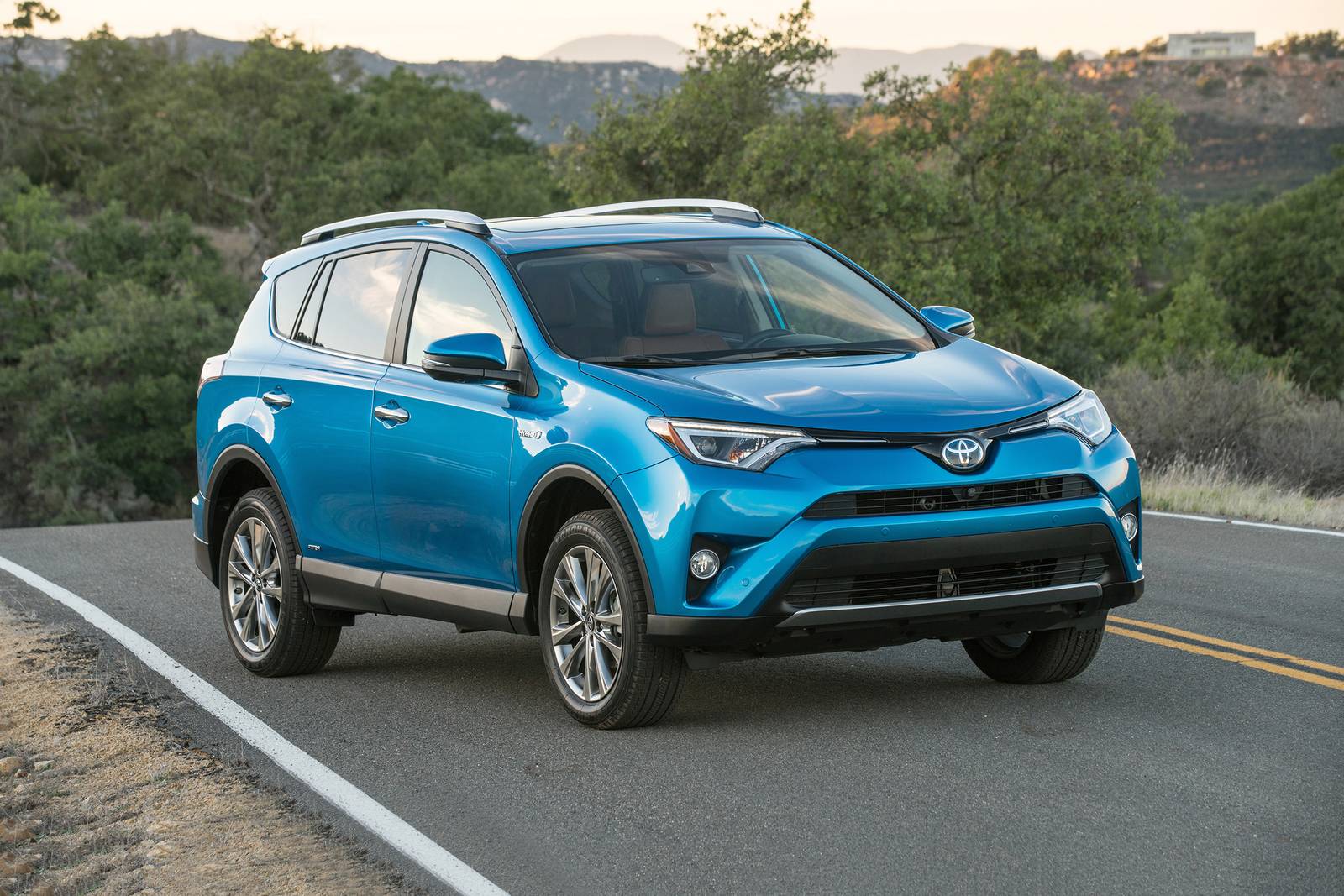
2018 Toyota RAV4 Hybrid
Technically, the third-generation RAV4 started with the 2013 model year, but it was only with the midlife update in 2016 that the desirable hybrid was introduced. The entire RAV4 range was updated for 2016, with freshened styling, a quieter cabin, a smoother ride, added safety features, and the new hybrid version. That hybrid powertrain brought almost 20 more horsepower, resulting in punchier low-speed acceleration than the regular four-cylinder engine while delivering 8 more mpg in our tests. The 2017 and 2018 model years saw added features and trim levels, and reliability climbed from above average to well above average, based on our member surveys. Any version from this half-generation is a smart choice, but those last two years are the ones to prioritize in your used-car hunting.
3-Row SUV Under $20,000
Mazda CX-9
Generation 2016-2023

2018 Mazda CX-9
The second-generation CX-9 was distinguished among its midsized SUV competitors by favoring the driving experience over a cavernous cabin. The handling, in particular, makes it relatively entertaining to command. There’s an uncommon precision to the steering aided by limited body roll that separates the CX-9’s performance from the family-hauler crowd. On paper, the CX-9 concedes horsepower bragging rights to its rivals, but from behind the wheel, the engine feels responsive on regular fuel. (Premium is recommended but not required.) Another advantage is that this Mazda offers a lot of vehicle for the money when bought used. Updates for 2018 included standard forward collision warning, automatic emergency braking, and blind spot warning. Apple CarPlay and Android Auto capabilities were added to the infotainment system for 2019, along with slight suspension tweaks and noise reduction measures. Resist the temptation to buy a 2021 because, counter to trends, its reliability is below average. If the CX-9 you’re considering has no Apple CarPlay compatibility, it can be retrofitted by a Mazda dealer.
Read Also: 2024 Mazda CX-50 Review
Luxury SUV Under $20,000
Lexus NX
Generation 2015-2021

2017 Lexus NX
For those looking for small SUV practicality but with some luxury trimmings, the NX is the solution. Derived from the Toyota RAV4, the NX employs a 235-hp, 2.0-liter turbocharged four-cylinder mated to a six-speed automatic transmission. This pairing works well and delivers 24 mpg overall in our tests. (The NX 300h hybrid returns 29 mpg overall.) This compact model is snug inside, an effect that’s exaggerated by the small windows. Make sure you get the optional blind-spot detection system. All told, the NX doesn’t live up to the posh experience offered by the larger RX. But it does have a sporty demeanor, and the cabin is adorned with nice stitching and various premium trappings that may delight shoppers who were otherwise considering a model from a mainstream brand. For just over $20,000, get the 2018 model, which included standard forward collision warning and automatic emergency braking. Android Auto became standard in 2020.
Pickup Truck Under $20,000
Toyota Tacoma
Generation 2005-2015
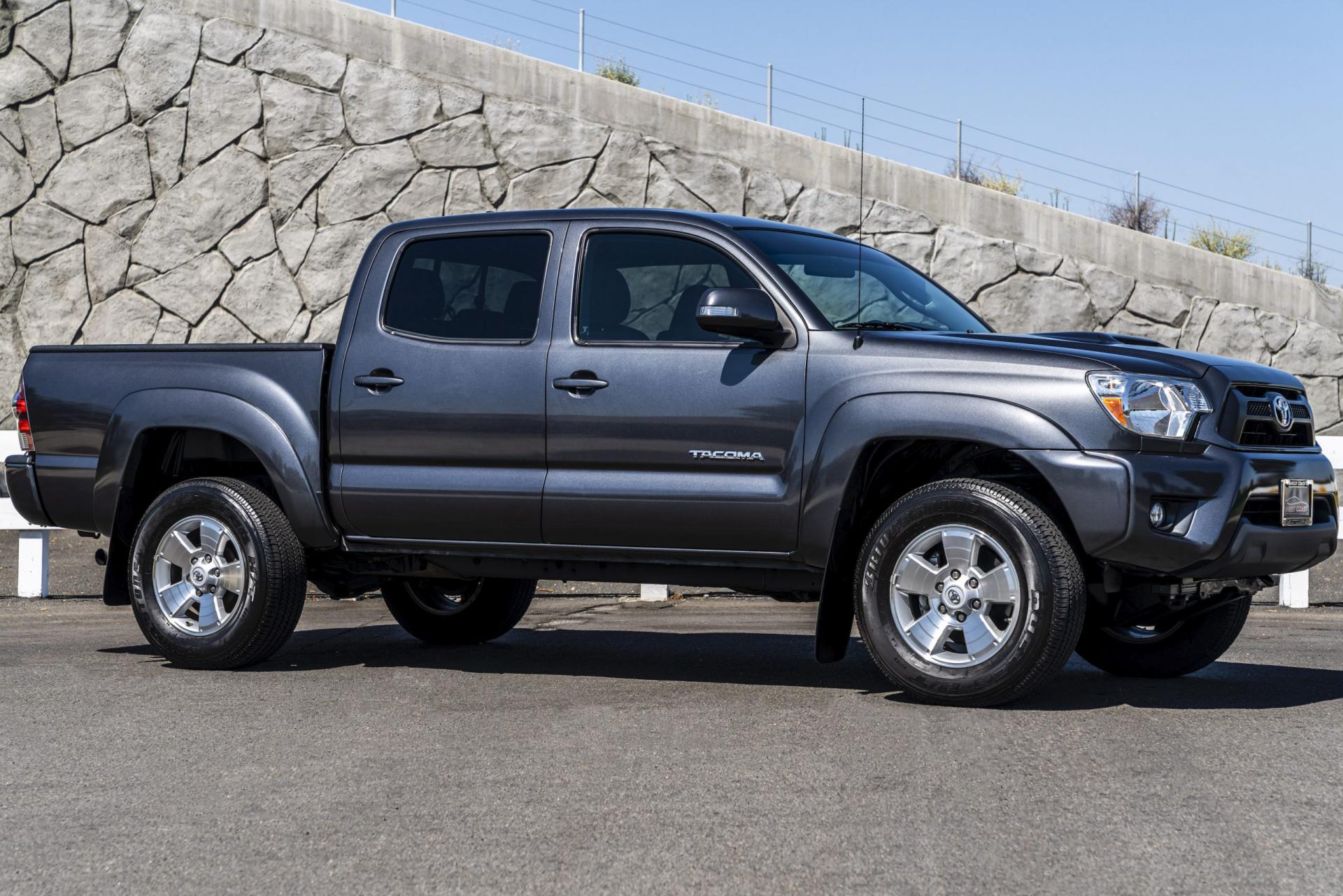
2015 Toyota Tacoma
The 2015 Tacoma marked the end of the second-generation run. Yes, this iconic truck has some compromises, like clumsy handling and an odd driving position better suited for shorter drivers, but as a used vehicle, its capabilities and dependability shine. It’s especially competent off-road or towing when equipped with the trail-ready four-wheel drive and the punchy V6 engine. There are a few configurations available, including a four-cylinder engine, standard cab, and extended cab. Plus, there are several trims that layer in equipment and elevate skills, such as the TRD Off-Road configuration with its fortified suspension. All benefit from the practical, rustproof composite bed. The Tacoma was freshened in 2012, providing buyers with several similar model years to consider without looking to the more recent and more costly third generation.
Sports Car Under $20,000
Mazda MX-5 Miata
Generation 2016-2024
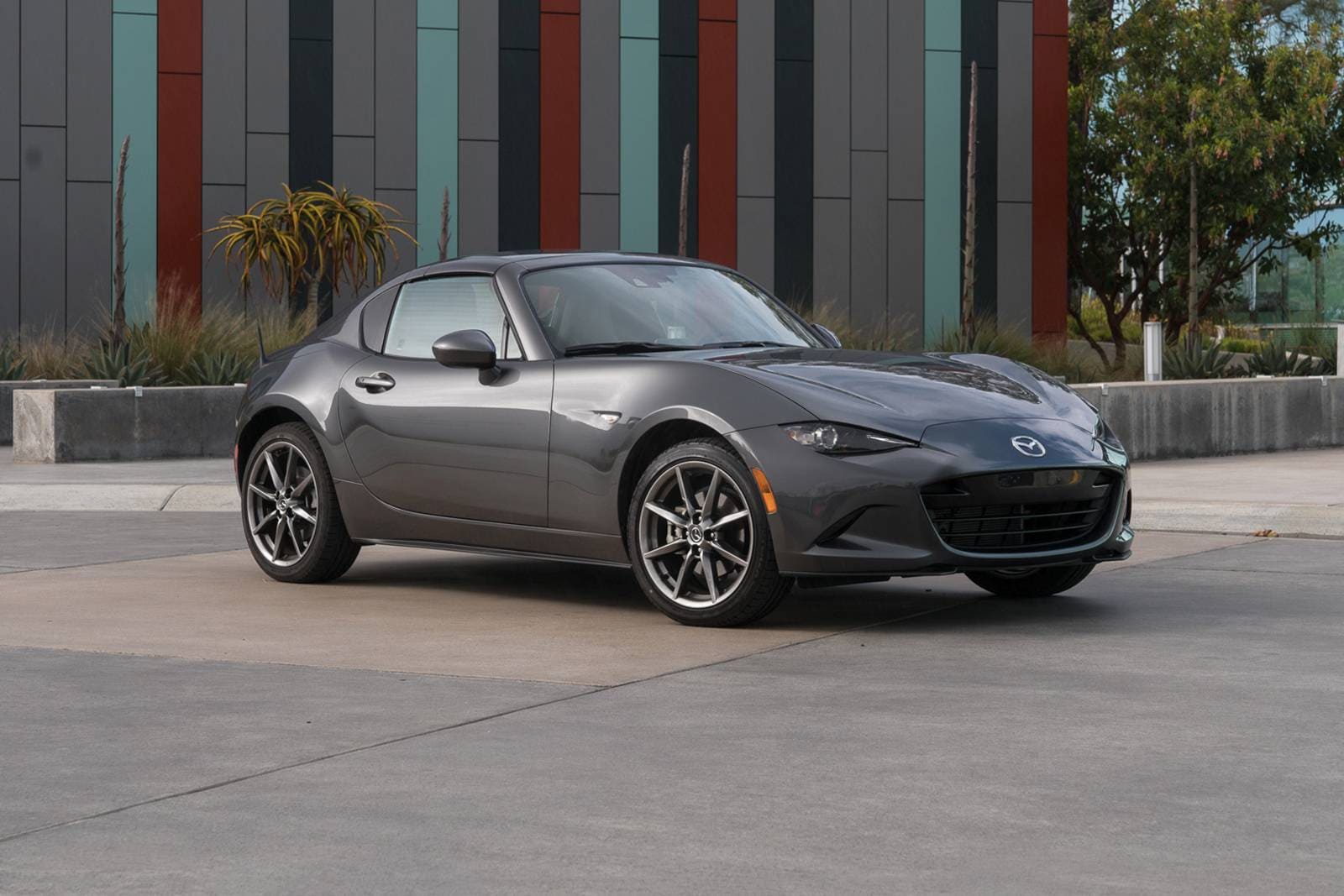
2020 Mazda MX-5 Miata
The fourth-generation Miata brings a delightful combination of precise steering, sublime back-road handling, impressive reliability, and admirable fuel economy that makes this small sports car uniquely rewarding. Commemorating the roadster’s 30th anniversary, it became even more desirable for 2019 with a significant performance boost, as the 2.0-liter four-cylinder engine was thoroughly updated, increasing output from 155 to 181 hp. The manual cloth top is a cinch to raise and lower from within the cabin; a retractable hardtop, known as the RF, is also available. For 2020 the sport suspension was fitted to the Grand Touring with a manual transmission, and Android Auto/Apple CarPlay became available. Older models can be retrofitted for Apple CarPlay by a Mazda dealer. Any year in this generation is desirable, but those later years with the power increase are the ones to covet.
Your Path to a Great Used Car
Consumer Reports’ insights provide a powerful starting point. If you’re considering a used vehicle from their recommended list, or even one within the same generation:
- Dive Deeper: Use CR’s model pages for detailed information on specific model years, including potential trouble spots, owner satisfaction ratings, and full road test results.
- Remember Individuality: Each used car has its own unique history. Always obtain a vehicle history report.
- Get a Pre-Purchase Inspection (PPI): Before signing on the dotted line, have a trusted independent mechanic thoroughly inspect any used car. This is your best defense against unforeseen issues.
By leveraging expert resources like those from Consumer Reports, you can approach the used car market with confidence, securing a vehicle that offers not just savings, but also lasting quality and peace of mind.







